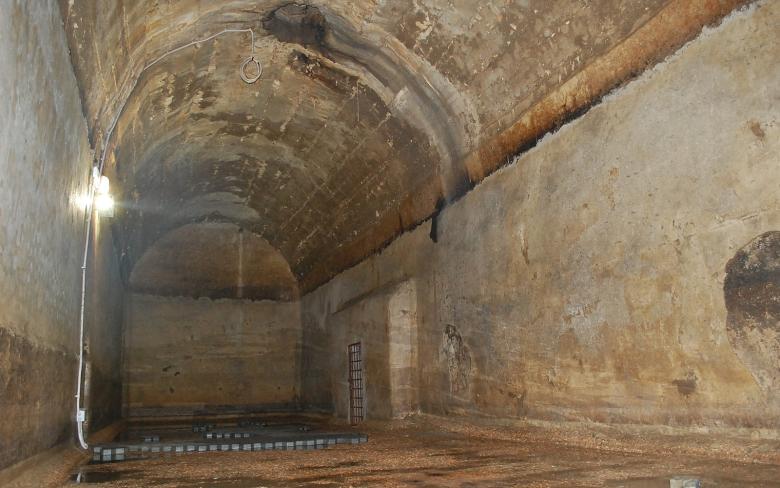The chapel of SS. Sacramento of the 16th century is remarkable. It has an octagonal shape and it preserves an interesting painting attributed to Taddeo Zuccari and the marble monument of Bishop Bartolomeo and beautiful marble monument of the Bishop Baldo Farrattini by the artist Ippolito Scalza of Orvieto. The walls were painted by Luigi Fontana.
The cathedral also has sculptures by Agostino di Duccio, Scalza and Dosio. The baptismal font in the Renaissance style, with a small marble statue of St. John the Baptist referring perhaps to the Donatello school, is notable.
Under the altar the bodies of the patron saints of Amelia, Santa Fermina and Sant'Olimpiade, are preserved. The copy of the Cross of Evangelization is hung on the left of the wall. In 1514 this copy was blessed and raised by Mons. Alessandro Geraldini, first bishop who arrived on the island of HIspanola (Dominican Republic and Haiti). Pope John Paul II gave in to the Diocese of Amelia in 1986.
Finally, the Cathedral holds two important organs: the great organ built in 1904 by the Rieger company of Jaegerndorf in Austrian Silesia, in an eighteenth-century case placed on the right in the presbytery, and a rare 1600 wing organ, recently restored.



























